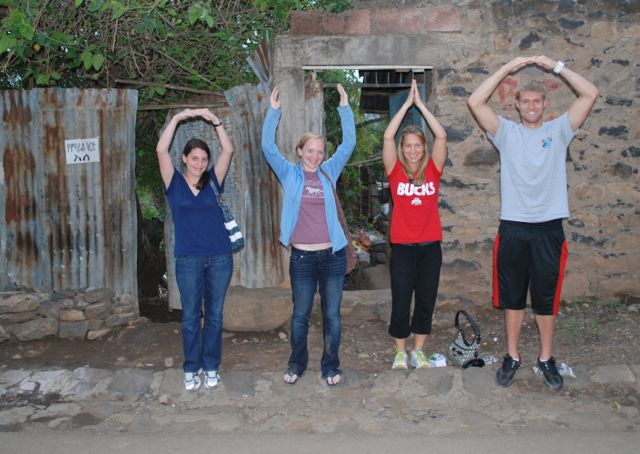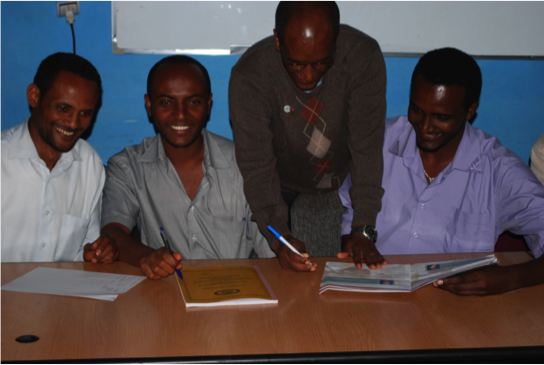By Ally Sterman
Student, Ohio State College of Veterinary Medicine
Yesterday was a day of celebration here in Gondar. The university graduated over 45,00 students today. Students graduating were from a variety of fields and disciplines including undergraduate, masters, and professional students. The University of Gondar also graduated three PhD students in the field of public health from the College of Medicine and Health Sciences, which was a first for the university. Most of the students were undergraduate students with close to 1,000 students from the Faculty of Social Sciences and Humanities. Next was Faculty of Natural and Computational Science with 850 students. The Faculty of the Veterinary Medicine will graduate their first class next year though there were students who graduated today with a degree in the field of veterinary public health.
Though a majority of the graduation process was similar there were a few subtle differences between graduation here and at Ohio State. In the states it is typical for graduates to enter to the song Pomp and Circumstance. Today they entered to a different song that seemed to be much shorter and strictly keyboard-based. Another big difference, here in Gondar they announced and gave awards to students with the highest grades in their respective fields as they graduate. Though we acknowledge them in our programs, with cords or other visual means, we do not announce their names.
There were also a lot of similarities. They had speeches including one from their president and then a special guest speaker. Very similar to Ohio State, they awarded the speaker an honorary degree from the university. They also dressed very similar. Students and faculty were in the black graduation robes with hoods if they were from a degree program that we would hood for, but the undergraduates had sashes where we would have nothing to distinguish the different undergraduate majors.
Below is a video taken while graduates are walking in. Many are seated while quite a few are still walking past. In the background you can hear the music they are entering to, cheers from graduates/families/friends. You can also see some of the professors and external examiners that came to help give exams or determine if candidates were eligible to graduate.
[youtube=http://youtu.be/K1hiRAxU0J4]




